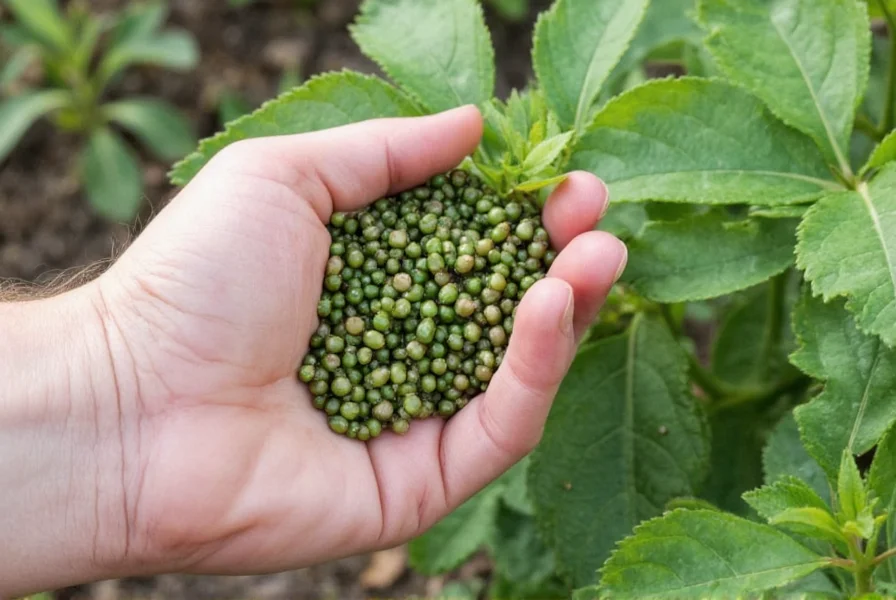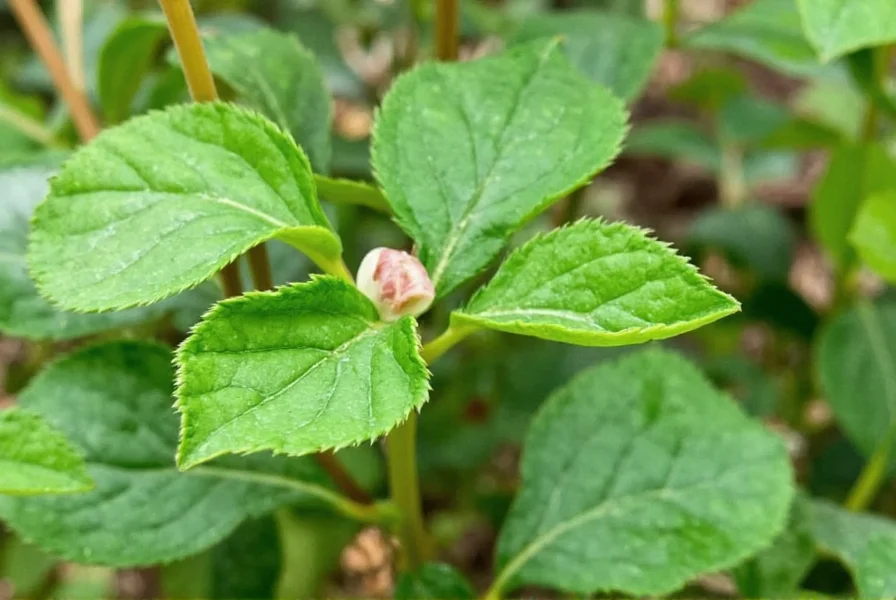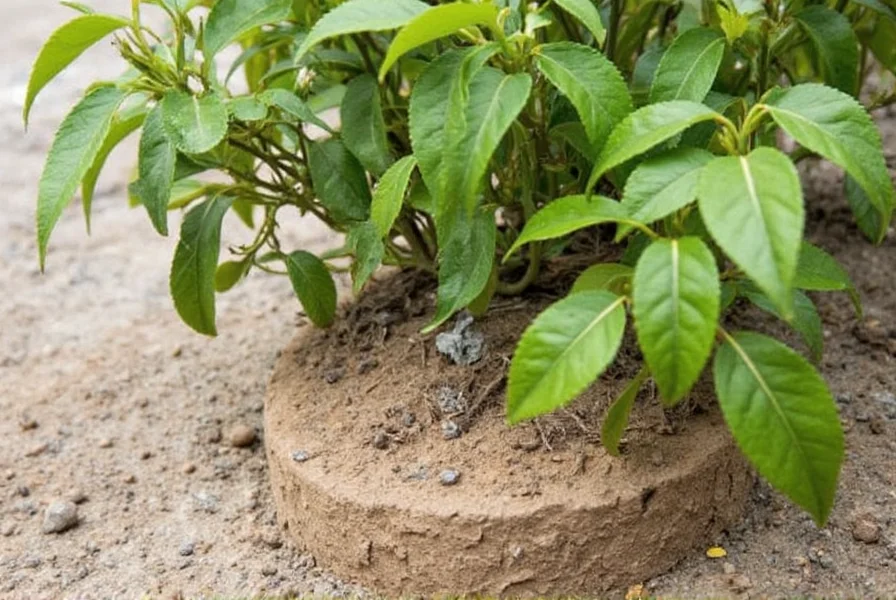Understanding Black Pepper Plant Biology
Black pepper (Piper nigrum) belongs to the Piperaceae family and originates from the Malabar Coast of India. Unlike common misconceptions, black, white, and green peppercorns all come from the same plant—differing only in harvest time and processing. The vine produces small flowers that develop into fruit clusters containing the peppercorns. In its natural habitat, this perennial climber can reach 30 feet tall, using aerial roots to attach to trees. Understanding this biology is essential for how to grow black pepper at home successfully, as the plant requires similar climbing support in cultivation.
Climate and Location Requirements
Black pepper thrives in tropical environments with specific conditions:
| Requirement | Optimal Range | Notes |
|---|---|---|
| Temperature | 75-85°F (24-29°C) | Avoid temperatures below 50°F (10°C) which can damage the plant |
| Humidity | 60-80% | Regular misting helps in drier climates |
| Light | Partial shade | 3-6 hours of morning sun ideal; protect from harsh afternoon sun |
| USDA Zones | 10-12 | Can grow indoors in other zones with proper conditions |
For those wondering how to grow black pepper in non-tropical climates, container growing with careful environmental control offers the best solution. Position plants where they receive filtered sunlight—under taller trees works well outdoors, while east-facing windows provide ideal indoor lighting. During summer months, you can move container plants outdoors, but acclimate them gradually to prevent sunburn.

Soil Preparation and Planting Methods
The foundation of successful black pepper plant care begins with proper soil. These plants require:
- Well-draining soil rich in organic matter
- pH between 5.5 and 6.5 (slightly acidic)
- Good aeration to prevent root rot
Create an ideal soil mix by combining equal parts:
- Potting soil
- Compost or well-rotted manure
- Perlite or coarse sand
- Coco coir or peat moss
When considering how to grow black pepper from seeds, freshness matters significantly. Seeds lose viability quickly, so use seeds from recently harvested peppercorns. Soak seeds in water for 24 hours before planting 1/4 inch deep in seed trays. Maintain warm, moist conditions—germination typically occurs in 30-45 days.
For faster results, many growers prefer propagation through cuttings. Select 8-12 inch semi-hardwood cuttings with 3-4 nodes. Remove lower leaves, dip in rooting hormone, and plant in moist potting mix. Cover with a plastic bag to maintain humidity until roots develop (usually 4-6 weeks). This method for growing piper nigrum in containers produces mature plants more quickly than seeds.
Support Structures and Plant Training
As a climbing vine, black pepper requires vertical support. Install a sturdy trellis, moss pole, or tree trunk near your plant at planting time. The structure should be:
- At least 6-8 feet tall for container plants
- Made of natural materials like bamboo or wood (avoid metal in direct sun)
- Placed where the plant receives proper light exposure
Gently tie young vines to the support using soft plant ties, allowing room for growth. As the plant matures, its aerial roots will naturally attach to suitable surfaces. Regularly check that the vine isn't becoming too dense, as good air circulation prevents fungal diseases—a critical aspect of black pepper plant care guide maintenance.
Watering and Fertilization Schedule
Consistent moisture is vital for how to grow black pepper successfully, but overwatering causes root rot. Follow these guidelines:
- Water when the top inch of soil feels dry
- Maintain even moisture without saturation
- Increase watering frequency during hot, dry periods
- Reduce watering slightly during cooler months
Fertilize every 4-6 weeks during the growing season (spring through summer) with:
- Balanced liquid fertilizer (10-10-10) diluted to half strength
- Organic options like fish emulsion or compost tea
- Additional potassium during flowering to support fruit development
Avoid high-nitrogen fertilizers which promote leaf growth at the expense of flowering. During the first year, focus on establishing strong growth before expecting flowers or fruit—a key point many beginners miss in their how to grow black pepper at home attempts.
Harvesting and Processing Peppercorns
Patience is essential when learning how long does it take to grow black pepper to harvest. Most plants begin flowering in their second year and produce harvestable peppercorns in the third or fourth year. Harvest timing determines pepper type:
- Black pepper: Pick nearly ripe green berries, then sun-dry until they turn black and wrinkled
- White pepper: Harvest fully ripe red berries, soak to remove outer layer, then dry the white seed
- Green pepper: Harvest unripe green berries and preserve through freeze-drying or sulfur treatment
For home growers, the most practical method is harvesting berries when they begin turning red (for black pepper). Spread them in a single layer on a screen in direct sunlight for several days, stirring occasionally, until they're completely dry and brittle. Store dried peppercorns in an airtight container away from light and heat.

Troubleshooting Common Growing Problems
Even with proper care, black pepper plants may encounter issues. Here's how to address the most frequent challenges in black pepper plant care:
Yellowing Leaves
Cause: Overwatering, nutrient deficiency, or insufficient light
Solution: Adjust watering schedule, test soil pH, and ensure proper light exposure. Apply a balanced fertilizer if needed.
Lack of Flowering
Cause: Young plant, insufficient light, or improper fertilization
Solution: Be patient (plants typically flower at 2+ years), increase light exposure gradually, and use potassium-rich fertilizer during growing season.
Root Rot
Cause: Poor drainage or overwatering
Solution: Repot in fresh, well-draining soil, trim affected roots, and adjust watering practices. Prevent future issues with proper soil preparation.
Pest Infestations
Common pests: Aphids, spider mites, mealybugs
Solution: Spray with insecticidal soap or neem oil solution. Maintain proper humidity to discourage spider mites.
Long-Term Care and Propagation
As your black pepper plant matures, implement these practices for sustained productivity in your how to grow black pepper journey:
- Prune annually to maintain shape and encourage new growth
- Repot container plants every 2-3 years with fresh soil
- Monitor for signs of nutrient deficiencies (yellowing leaves, stunted growth)
- Take cuttings from healthy vines for propagation
- Mulch outdoor plants to maintain soil moisture and temperature
With proper care, black pepper plants can produce for 20-30 years. The most productive years typically occur between years 5-15 of the plant's life. During this peak production period, a single healthy vine can yield 1-2 pounds of dried peppercorns annually—a rewarding outcome for dedicated growers following a comprehensive black pepper plant care guide.
How long does it take to grow black pepper from seed to harvest?
Black pepper plants typically take 3-4 years to produce harvestable peppercorns when grown from seed. Plants grown from cuttings may produce fruit slightly sooner, often in 2-3 years. The first flowering usually appears in the second year, but significant harvests begin in the third or fourth year.
Can I grow black pepper indoors successfully?
Yes, you can successfully grow black pepper indoors by providing warm temperatures (75-85°F), high humidity (60-80%), and bright indirect light. Use a large container with excellent drainage, maintain consistent moisture, and provide a climbing support structure. Indoor plants may require manual pollination for fruit production.
What's the best soil for black pepper plants?
Black pepper requires well-draining, slightly acidic soil with pH between 5.5-6.5. An ideal mix contains equal parts potting soil, compost, perlite or coarse sand, and coco coir. The soil must retain moisture while allowing excess water to drain freely to prevent root rot.
Why are my black pepper plant leaves turning yellow?
Yellowing leaves typically indicate overwatering, nutrient deficiency, or insufficient light. Check soil moisture before watering, ensure proper drainage, test soil pH, and verify your plant receives adequate but not excessive light. Adjust care practices accordingly and consider a balanced fertilizer if needed.
How do I harvest and process black pepper at home?
Harvest nearly ripe green berries just before they turn red. Spread them in a single layer on a screen in direct sunlight for several days, stirring occasionally, until they turn black and become brittle. Store dried peppercorns in an airtight container away from light and heat for maximum flavor retention.











 浙公网安备
33010002000092号
浙公网安备
33010002000092号 浙B2-20120091-4
浙B2-20120091-4